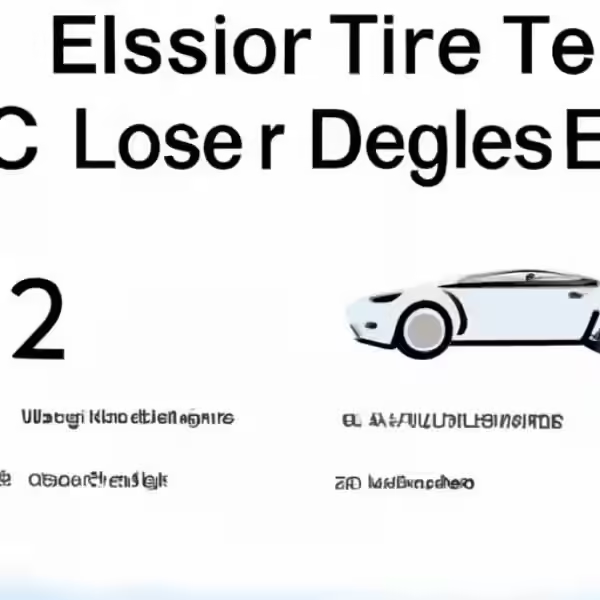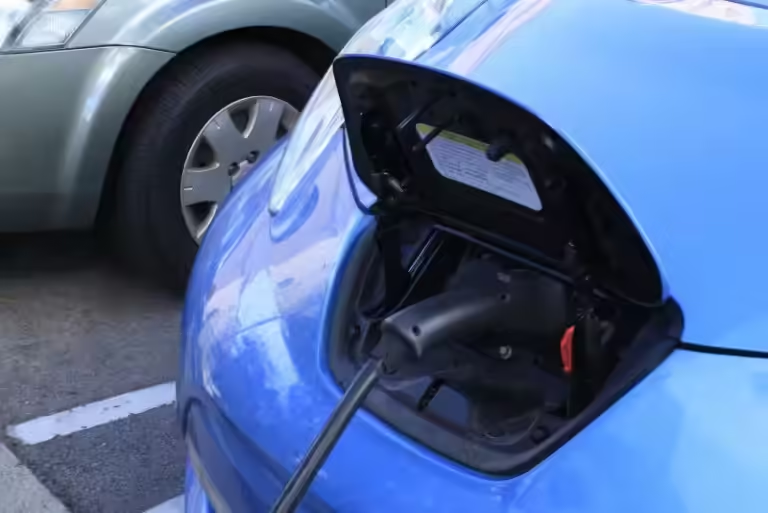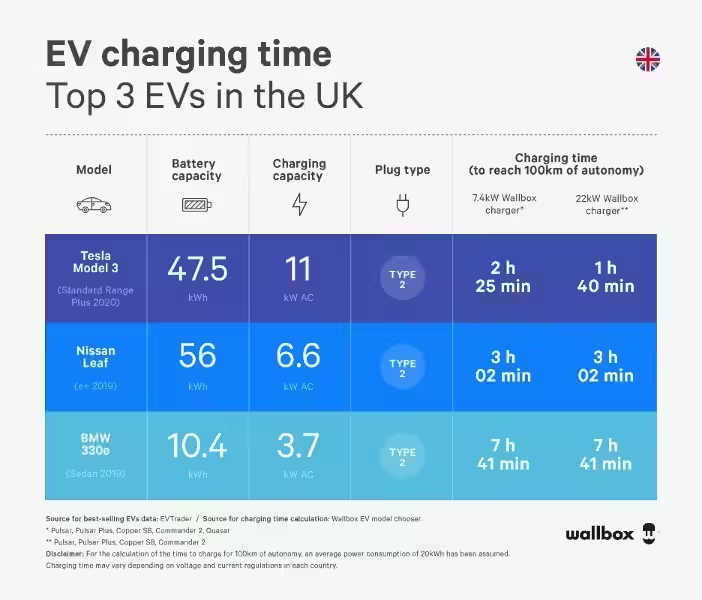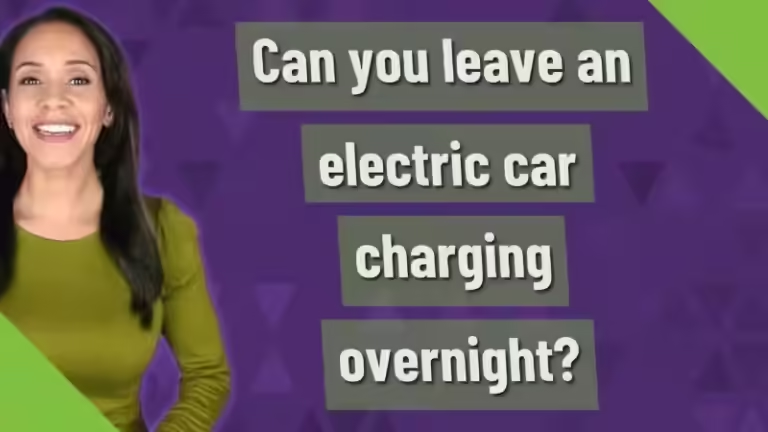The Longevity of Tesla Batteries and the Consequences of Delaying Replacement

Tesla vehicles are renowned for their electric powertrains, but their battery life is a crucial factor influencing ownership experience. While Tesla batteries are designed to last for a significant amount of time, they are not invincible. Understanding the lifespan of these batteries, the signs of deterioration, and the implications of not replacing them is essential for any Tesla owner.
Battery Lifespan: How Long Do Tesla Batteries Last?
Tesla's lithium-ion batteries typically last for 8 years or 150,000 miles, but this can vary based on factors like driving habits, climate conditions, and charging practices. For example, a Tesla owner who frequently drives in extreme heat or cold, or who consistently charges their battery to 100%, may experience shorter battery life compared to someone who follows best practices.
Signs of Battery Degradation
As batteries age, their capacity decreases, leading to a noticeable reduction in range. Other signs include:
- Slower charging times: The battery takes longer to charge to full capacity. Imagine your Tesla used to charge from 0 to 100% in an hour, but now it takes an hour and a half. This indicates a decrease in the battery's ability to accept charge.
- Increased charging frequency: You need to charge more often to maintain the same driving range. You might find yourself needing to charge your Tesla twice a day instead of once, which can be inconvenient and costly.
- Reduced acceleration: The car's performance feels sluggish. Your Tesla might not accelerate as quickly or smoothly off the line, indicating a loss of power due to battery degradation.
- Battery warning messages: The car's display may show warnings related to battery health. These warnings are valuable indicators that your battery needs attention.
Consequences of Not Replacing a Degraded Battery
Ignoring a degraded battery can lead to several issues:
- Severely reduced range: Your driving range significantly decreases, making long trips impractical. You might find yourself stranded with no way to reach your destination, especially on longer journeys.
- Increased charging costs: Frequent charging increases your electricity bills. As you charge more frequently to compensate for the reduced range, your electricity bill will go up, impacting your overall ownership costs.
- Potential safety hazards: In extreme cases, a severely degraded battery can overheat or even catch fire. This is a serious safety concern that could lead to accidents or even injury.
- Reduced resale value: A car with a degraded battery will be worth significantly less when you decide to sell it. Potential buyers will be wary of a car with a battery that's nearing the end of its life, leading to a lower resale price.
Replacing the Battery: Is It Worth It?
Tesla offers battery replacement services, but the cost can be considerable. However, it's important to consider the long-term benefits of a new battery, including:
- Restored range and performance: Experience the full potential of your Tesla again. A new battery will bring back the original range and performance you enjoyed when you first bought your car.
- Increased resale value: A replaced battery increases the car's value. A car with a new battery will be more attractive to potential buyers, leading to a higher resale value.
- Peace of mind: Enjoy the reliability and safety of a new battery. A new battery provides peace of mind knowing that you have a reliable and safe power source for your Tesla.
Prolonging Battery Life: How to Extend the Life of Your Tesla Battery
Adopting good charging habits and driving practices can significantly extend the life of your Tesla battery:
- Avoid full discharge: Charge your battery regularly before it reaches a low state of charge. Avoid draining your battery completely. Instead, charge it whenever it drops below 20%.
- Moderate charging speed: Use slower charging methods when possible. While fast charging is convenient, it can put stress on the battery. Opt for slower charging whenever possible.
- Maintain a comfortable temperature: Avoid extreme temperatures that can degrade the battery. Park your Tesla in a garage or shaded area to protect it from extreme temperatures.
- Minimize fast acceleration: Aggressive driving depletes the battery faster. Avoid hard acceleration and braking, which can increase battery wear.
Conclusion: Taking Care of Your Tesla Battery
Tesla batteries are durable, but they eventually degrade. Recognizing the signs of battery deterioration and understanding the consequences of delaying replacement is crucial for maintaining a satisfying Tesla ownership experience. While replacing the battery can be expensive, it's an investment in restoring performance, extending the vehicle's life, and ensuring safety. By implementing good battery management practices, you can maximize the lifespan of your Tesla battery and enjoy the full benefits of electric driving.
Frequently Asked Questions
How often do Tesla batteries need to be replaced?
Tesla's lithium-ion batteries typically last for 8 years or 150,000 miles.
What factors affect battery lifespan?
Factors such as driving habits, climate conditions, and charging practices can impact battery lifespan.
What are the signs of battery degradation?
Signs include reduced range, slower charging times, increased charging frequency, reduced acceleration, and battery warning messages.
What are the consequences of not replacing a degraded battery?
Consequences include severely reduced range, increased charging costs, potential safety hazards, and reduced resale value.
How can I prolong the life of my Tesla battery?
Avoid full discharge, use moderate charging speeds, maintain a comfortable temperature, and minimize fast acceleration.








